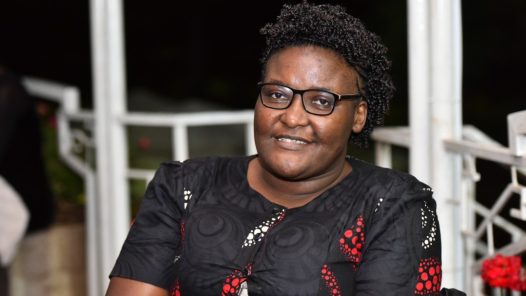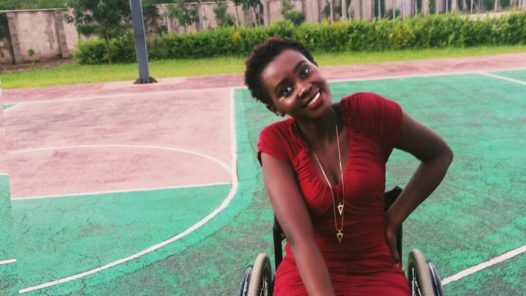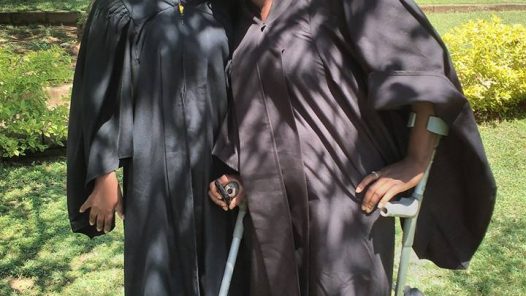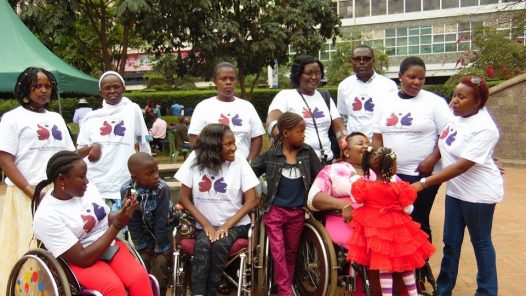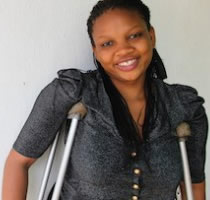A year ago, we engaged in an exercise that left me more curios than I could imagine! We had just began preparing an alternative report on the status of Women and girls with disabilities in Kenya for submission to the Committee on Economic, Social...
It was a phenomenal Week! Roughly 6,000 global leaders from all walks of life convened onsite and an additional 200,000 delegates joined the Women Deliver conference virtually in Kigali, Rwanda last week. The conference that was themed spaces...
I was at a point in my life where everything was moving faster than I could understand, my greatest and most breathtaking task was to keep pace with the happenings in my life. I was pursuing my master’s degree which I had intended to complete by...
Stella is among millions of learners who were in higher learning institutions in different parts of the world when COVID-19 pandemic struck. As a young girl with a physical disability who uses a wheelchair for mobility and has a condition called...
On 8th August Kenyans elected leaders to represent them both at National level and County Level. The general elections present an opportunity for Kenyans to elect six leaders including the President,Member of National Assembly, Member of...
“Politics is a virtual male monopoly in many countries; progressive movement would aim toward gender balance.” In its usual and even democratic forms, politics is an alien and alienating world to most women, not because it is too abstract or too...
The world is a better place for women and girls in 2016 than even a decade ago. But not for everyone, and definitely not everywhere: This is especially true in the world’s poorest, most fragile countries. It’s also particularly true regarding...
The World Report on Disability (World Bank and World Health Organization) estimates there are some 1 billion people with some type of disability in the world, and women outnumber men. In some low- and medium-income countries, women constitute up to...
An estimated one in five women live with disabilities and the prevalence of disability is actually higher among women than men (19.2 versus 12 per cent). Contributing factors include the lower economic and social status of women and girls...


